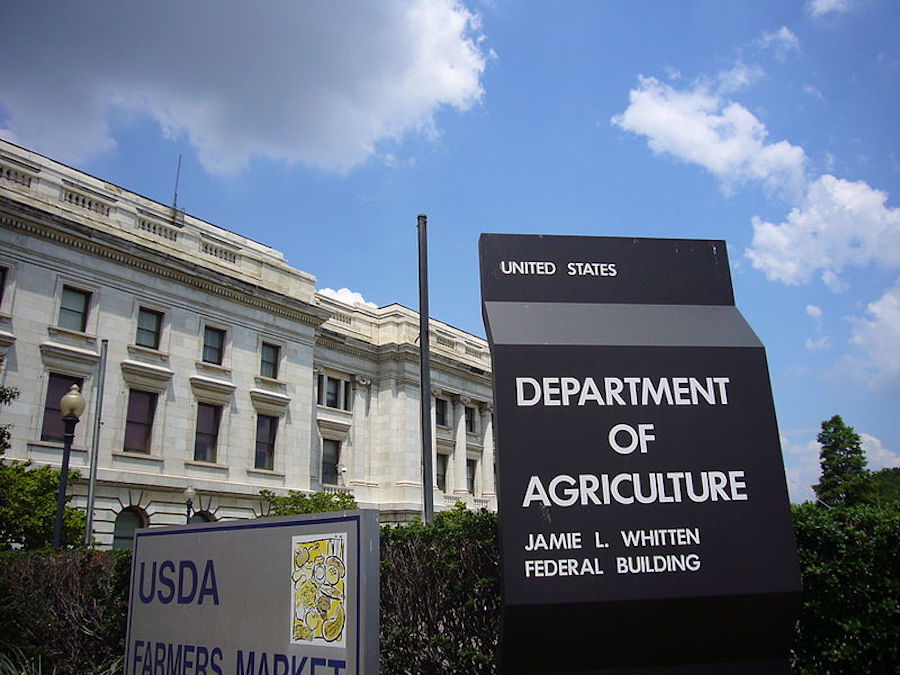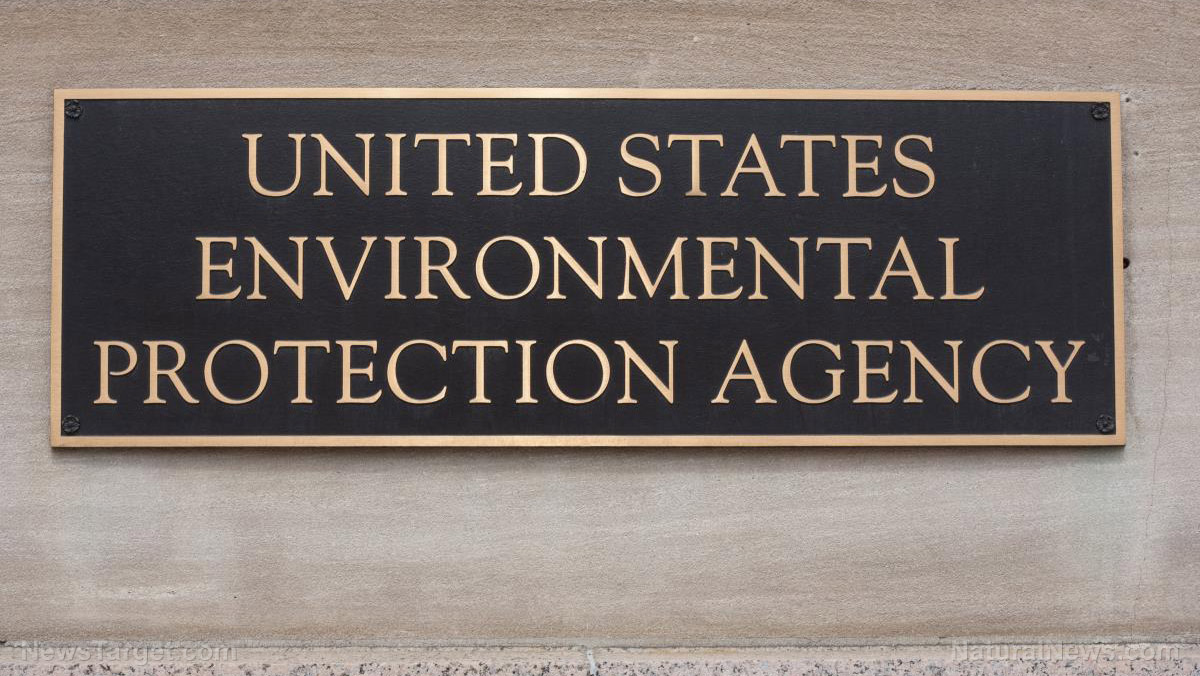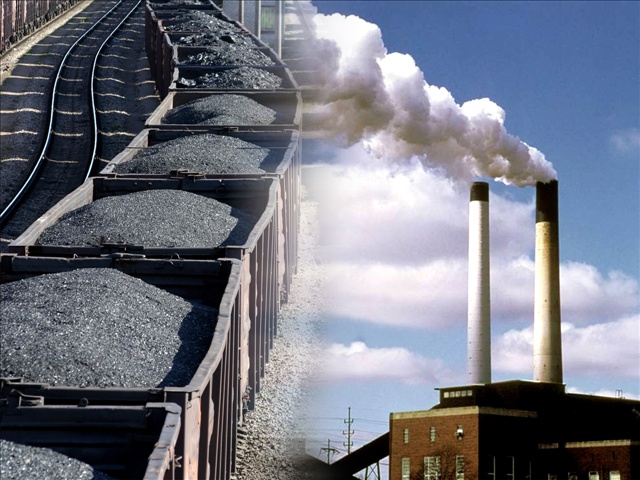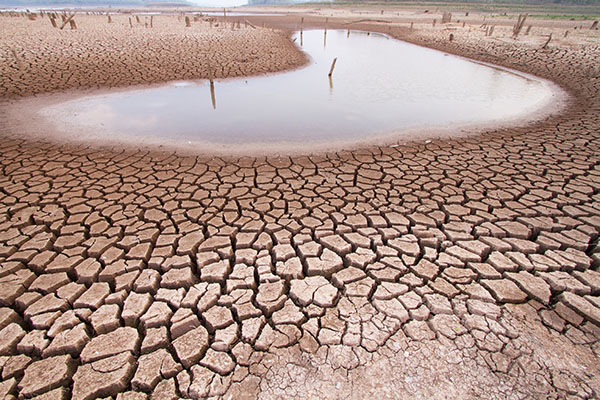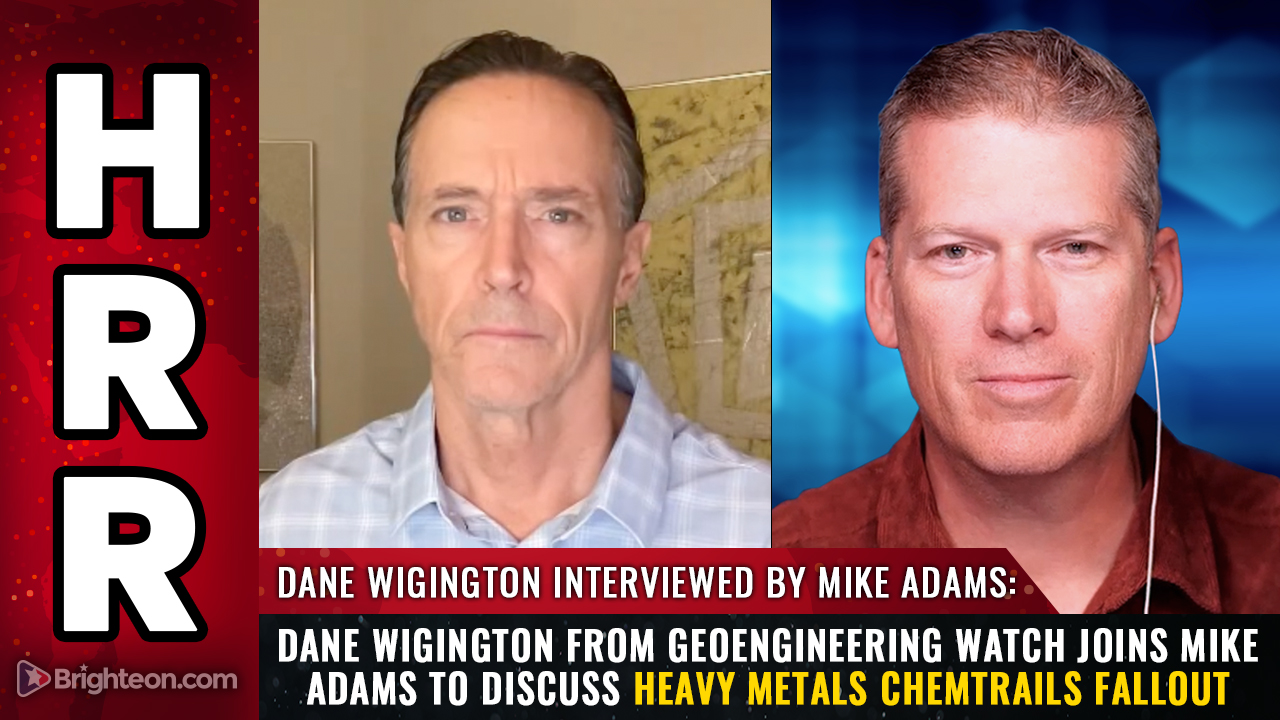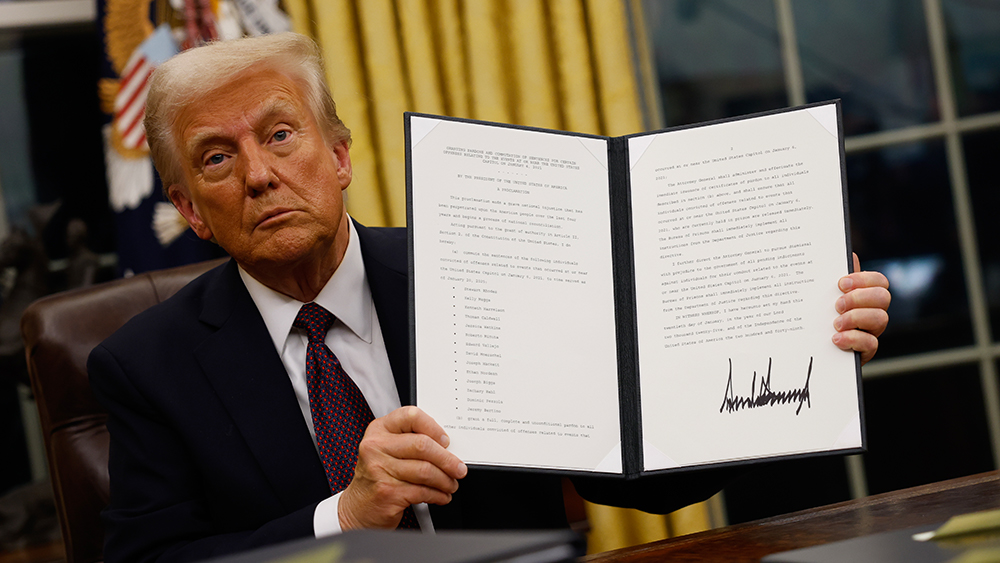Trump administration halts major offshore wind project amid fears of “rushed” approvals and environmental compromises
04/20/2025 / By Willow Tohi
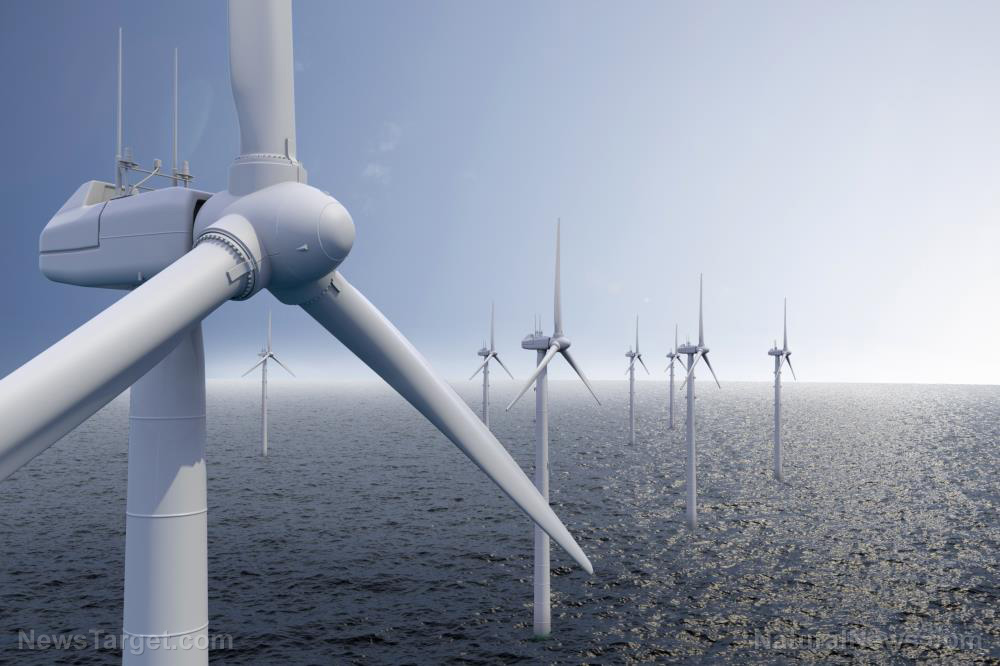
- The Trump administration ordered an immediate stop to New York’s $8 billion Empire Wind offshore wind project, citing insufficient analysis under Biden’s 2023 approval. The pause aligns with Trump’s focus on fossil fuels and stricter oversight.
- Democratic leaders, labor groups and clean energy advocates condemn the decision, calling it “federal overreach” that jeopardizes jobs and climate goals. New York Governor Kathy Hochul vows to challenge the halt legally.
- The suspension threatens 1,000 jobs, 130 union apprenticeships and Brooklyn’s green energy economy. Delays further undermine New York’s goal of a 70% renewable grid by 2030, compounding inflation and permitting challenges.
- Trump frames fossil fuels as critical for energy dominance and national security, while critics argue offshore wind is key to affordability and decarbonization. Industry confidence is shaken by inconsistent policies and permit revocations.
- Proponents highlight risks like marine habitat disruption, accusing Biden of rushed approvals without full impact assessments. Equinor plans legal action, setting up a broader conflict over balancing rapid renewable expansion with environmental safeguards.
The Trump administration has ordered an immediate halt to construction of the Empire Wind offshore wind project off New York’s coast, marking a sharp pivot in U.S. energy policy. Secretary of the Interior Doug Burgum cited concerns that the Biden administration’s 2023 approval of the $8 billion project was “rushed without sufficient analysis,” mandating a full review by the Bureau of Ocean Energy Management. The pause capsizes an initiative critical to New York’s climate goals, drawing ire from Democratic leaders and labor groups while aligning with Trump’s broader strategy to prioritize traditional energy dominance and national security through stricter oversight mechanisms.
Political play or environmental caution? The tension over offshore wind
The Trump team’s move represents its latest effort to reverse Biden-era climate policies, capitalizing on perceived regulatory missteps. Burgum emphasized the “comprehensive reviews of federal wind projects” Trump mandated on his first day in office, signaling a commitment to energy policies favoring transparency and long-term scrutiny.
However, critics argue the abrupt order undermines public and private investment. “Halting construction of fully permitted energy projects is the literal opposite of an energy abundance agenda,” Jason Grumet, CEO of the American Clean Power Association, told reporters. The industry group initially praised Trump’s January executive order to accelerate permitting but now condemns the contradiction between expediting processes and halting projects mid-construction.
Governor Kathy Hochul of New York responded sharply, calling the halt “federal overreach” and vowing to fight it “every step of the way.” Her defense underscores the project’s importance: Empire Wind was projected to power 700,000 homes annually, generate 1,000 jobs and 130 union apprenticeships, and revitalize Brooklyn’s green energy economy.
Jobs at risk: Empire wind suspension threatens employment goals and climate progress
The project’s suspension strikes at a critical moment for New York’s workforce. Labour advocates, such as Climate Jobs NY’s Esther Rosario, warned that thousands of jobs—many in hard-hit low-income communities—hang in the balance. “In two weeks, those workers won’t have a paycheck,” Rosario said, highlighting delays for Sunrise Park Terminal redevelopment, a key industry hub.
New York’s Climate Act mandates a 70% renewable grid by 2030, but delays like this compound setbacks the state has faced from inflation and permitting bottlenecks. Alexander Patterson of Public Power NY noted, “This is just the latest in a long line of delays—for policymakers, it’s an urgent wake-up call.”
Equinor, the Norwegian energy firm behind Empire Wind, stated it would “pursue legal remedies,” including potential appeals. The halt also destabilizes industry-wide confidence, as Rob Freudenberg of the Regional Plan Association warned: “Revoke permits every time the administration changes? That breaks all certainty for this sector.”
National security through energy dominance: A policy shift
Trump’s energy agenda frames fossil fuels and domestic resource control as pillars of national security, a stance echoed by allies like the ACP, which asserts wind power “is critical to digital dominance and lowering consumer costs.” Yet Interior’s actions contradict its previous advocacy, highlighting intra-industry divides.
The Biden administration’s push for offshore wind—part of a broader $2.7 trillion clean energy plan—had visions of 250,000 MW capacity by 2050, an ambition requiring 17,000 turbines. However, costs have surged by 65%, and critics question the feasibility of such targets without rigorous environmental and economic safeguards.
Trump’s January executive order suspended offshore wind lease approvals and mandated environmental reviews, but the Empowered Wind stoppage is the first major enforcement step. “The administration is drawing lines,” said analyst William Beatty, noting parallels to past rollbacks of environmental regulations for energy projects.
Environmental impact concerns take center stage
While proponents cite offshore wind’s carbon-free benefits, studies underscore risks such as habitat disruption, noise pollution for marine life and sediment disturbance. The University of Maryland Center for Environmental Science notes that pile-driving can disturb fish and endangered whales, though turbines may also act as artificial reefs.
Critics argue the Biden team overlooked these issues in its 2023 approvals. “The cumulative environmental effects were merely mentioned,” said Dr. Julia Ford of the center, underscoring gaps in impact assessments. Meanwhile, Trump allies argue the pause allows space to properly weigh development with conservation.
A crossroads for energy policy, economy and ecology
The Empire Wind decision reflects a national reckoning with energy policy: Should the U.S. accelerate renewables at all costs, or prioritize rigorous oversight to protect environment and economic stability? Trump’s critics see this halt as a step backward for climate progress, while supporters view it as a check on executive overreach.
As Equinor prepares legal challenges and New York mobilizes political defenses, the case spells uncertainty for wind energy’s future and underscores how deeply politics now intertwines with environmental and economic agendas. For millions of Americans facing soaring energy costs—and communities pinning hopes on green jobs—this could foreshadow prolonged conflicts between rapid transition and cautious governance.
Sources include:
Submit a correction >>
Tagged Under:
big government, electricity, energy supply, environ, marine life, New York, power, renewable energy, resist, Trump, wind power
This article may contain statements that reflect the opinion of the author


